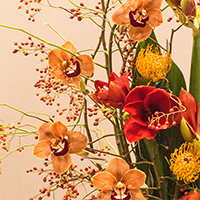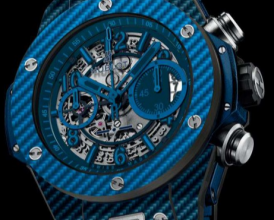Floral Selection for Wedding
Flowers are aromatic blossoms, such as lilacs, freesias, peonies, jasmine, sweet peas, and gardenias. Learn a little flower jargon, and you’ll feel more at ease when the florist shares her ideas for your floral design. You may find it beneficial to additionally discuss the floral trends you like or dislike—for example, do you prefer the boho-chic vibes of pampas grass for your wedding, or do you avoid it completely? Flowers and foliage are off-limits if you haven’t asked the florist to accommodate your specific requirements.

Wedding colour palette:
If you have no idea where to begin looking for wedding flowers, consider your options in fleuriste casablanca . Flowers, such Dahlias, Carnations, Mums, Roses, Tulips, and Lilies, may all be found in almost any hue. A less-than-colourful variety of flowers include peonies, lisianthus, hydrangeas, and anemones.
Don’t feel obligated to match your wedding flowers to the rest of your décor, but you should consider flower choices that harmonize with your colour scheme. Look at the many shades of colour being used for your event details like the invitation suite, clothing, table linens, and other decorations. Be as descriptive as possible when describing the flowers with your florist. The words “coral pink” may imply bright orange to you, while it may signify blush to someone else. If you’re hiring a florist, include paint chips, fabric samples, and pictures of the décor so the florist can match your colour needs as closely as possible.
black bridal party strolling along a city street with white rose bouquets being carried by red-clad bridesmaids, dressed in long red gowns Flower Guy Bron is
Start with picking out the flowers for your bridal bouquet
To start picking wedding flowers, utilize the flower your or you’re fiancé(e) is bringing down the aisle. For your big day, your bouquet has to tell a story, so collaborate with your florist to build an arrangement that suits your style.
Once you have chosen your flowers, the florist may then proceed with creating the additional floral arrangements, such as bridesmaid bouquets, boutonnieres, aisle markers, and center piece arrangements. An accurate duplicate of the wedding bouquet is not necessary; nonetheless, the floral arrangements should combine comparable flowers and hues to create a coherent appearance.
There are three distinct seasons: spring, summer, and fall. Choose flowers that match your wedding season.
Consider flowers like tulips and peonies in the spring and dahlias and mums in the autumn when you’re getting married. Flowers may be out of season, but it may be difficult for your florist to get them and will normally imply a higher price.
Select flowers that reflect your style.
Wedding flowers should match the wedding’s style and look. Do not have floral arrangements that are considered out of place if you are having a formal black-tie wedding. With a more laid-back and carefree wedding, you may have mixed and matched floral arrangements, homemade accents, or looser, natural-style settings.
Remember to pick flowers that help you express your feelings on your wedding day. The classic elegance of white calla lilies contrasts with the lively vibrancy of pink ranunculus. Choose a few phrases to describe your wedding style to the florist: rustic, elegant, glamorous, bohemian, contemporary, etc. You should also plan on decorating your location in certain ways, and whether or not you’ll need dresses or formal wear.




